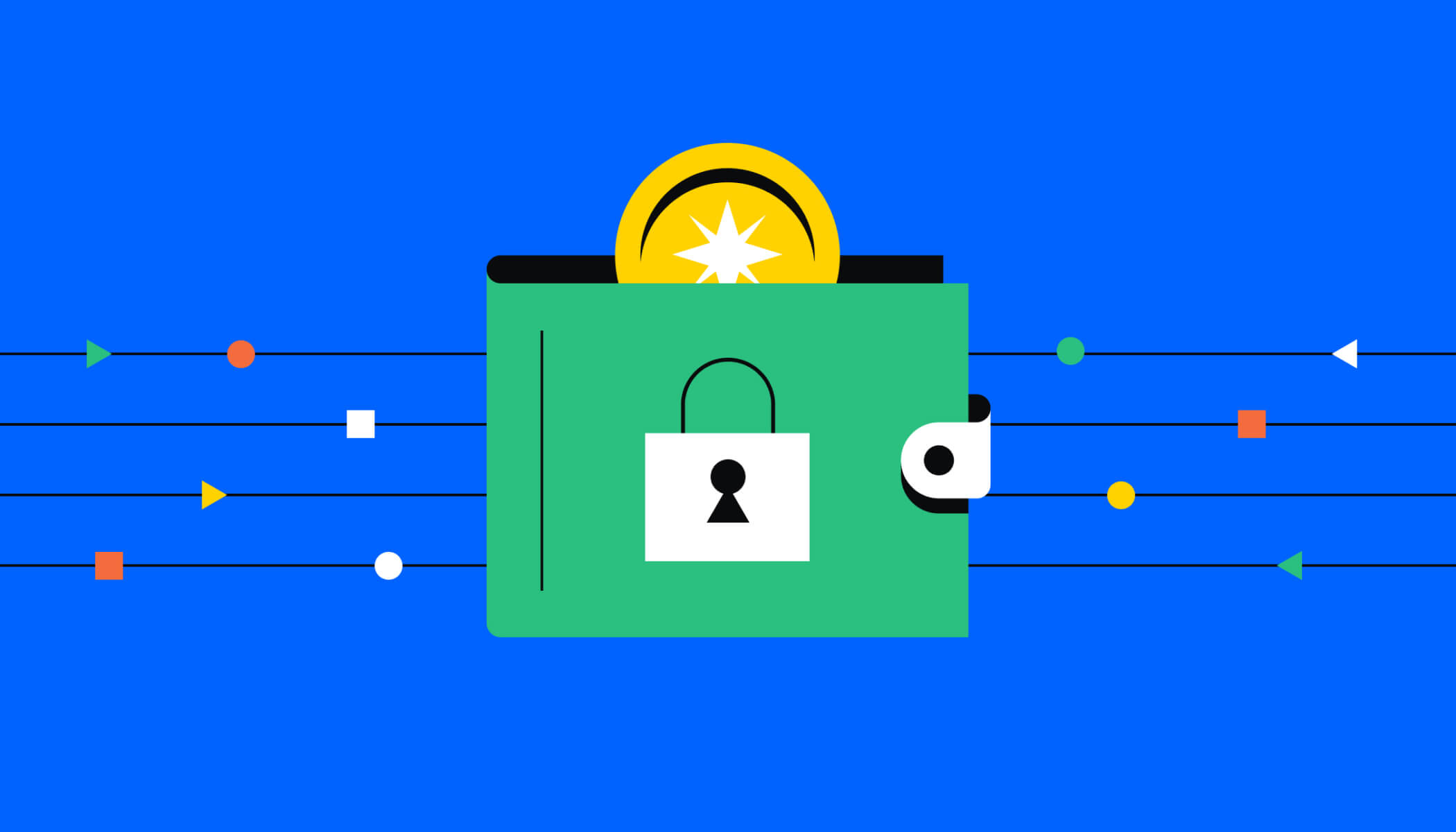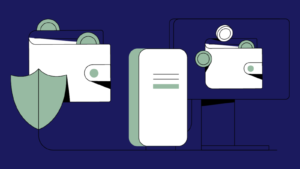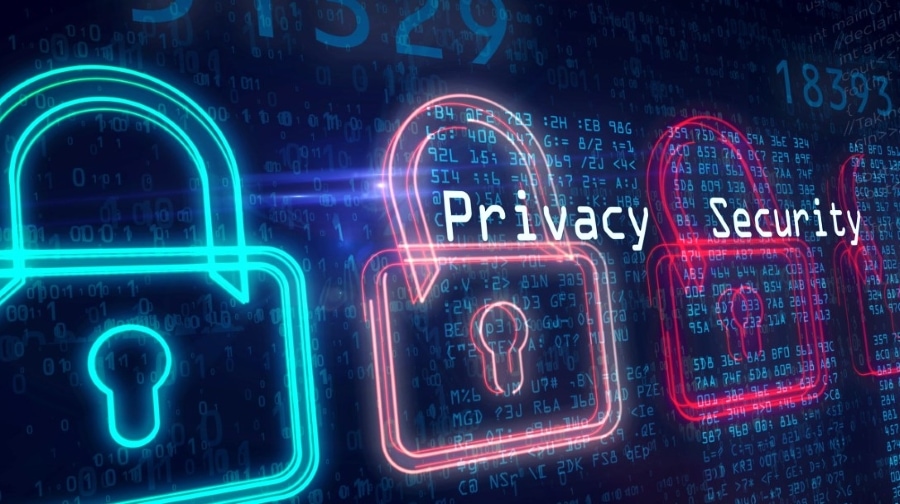Cryptocurrency can seem like a confusing maze, especially if you’re new to it. One of the terms you’ll see over and over is “wallet address.” In fact, it’s one of the first things you need to understand to get a grip on how crypto transactions work. A wallet address is your unique identifier for sending, receiving, and managing your crypto. It’s a bit like your bank account number, but with a lot more privacy and security features built in.
In this blog, we’ll dive into what wallet addresses are, why they’re crucial for crypto transactions, and how to use them safely and efficiently. Let’s demystify the tech so you can feel more confident navigating the world of crypto!
What Exactly is a Wallet Address?
Imagine you want to send a letter to a friend; you’d need their postal address. Similarly, a wallet address is what you need to send or receive cryptocurrency. It’s a string of alphanumeric characters unique to each user. Generated by your crypto wallet using cryptographic technology.
Each wallet address is linked to a pair of cryptographic keys: a public key and a private key.
- Public Key: This is like your email address. You can share it with anyone who wants to send you something (in this case, crypto).
- Private Key: This is your password. It should never be shared with anyone. Because it allows full control over the funds in the wallet.
In crypto transactions, only the wallet address (public key) is used to send and receive funds. Keeps your private key secure. Knowing this difference is key to protecting your assets.
How Wallet Addresses Work in Crypto Transactions
So how does a wallet address actually function when you send or receive crypto? Let’s break it down into simple steps:
- Sending Crypto: When you want to send funds to someone, you input their wallet address and the amount you wish to send. The transaction is then broadcast to the blockchain network.
- Receiving Crypto: When someone sends crypto to your wallet address. The transaction also gets recorded on the blockchain. Making it publicly verifiable. However, while the transaction details are transparent, your identity remains hidden, thanks to your wallet address.
The blockchain essentially acts as a giant ledger where all transactions are recorded. And wallet addresses help ensure transactions are secure and anonymous.
Different Types of Wallet Addresses
Crypto isn’t a one-size-fits-all kind of deal, and different blockchains have different types of wallet addresses. Let’s look at a few of the most common types:
1. Bitcoin (BTC) Addresses
Bitcoin addresses are usually between 26 and 35 characters, and they can start with different prefixes depending on the address type:
- Legacy (P2PKH): These addresses start with “1” and are the original Bitcoin address format. Example:
1A1zP1eP5QGefi2DMPTfTL5SLmv7DivfNa - SegWit (P2SH): These addresses start with “3” and offer more efficient transaction processing.
- Bech32 (Native SegWit): These addresses start with “bc1” and are the most efficient Bitcoin addresses in terms of cost and speed.
2. Ethereum (ETH) Addresses
Ethereum addresses are simpler; they all start with “0x” followed by 40 hexadecimal characters. These addresses are also used for tokens that operate on the Ethereum blockchain (ERC-20 tokens).
Example: 0xAb5801a7D398351b8bE11C439e05C5b3259aec9B
3. Addresses on Other Blockchains
Other cryptocurrencies like Ripple (XRP), Litecoin (LTC), and Solana (SOL) have their own unique formats and address structures. For example, Ripple addresses can have a destination tag that identifies specific transactions within a single wallet address.
Why Wallet Addresses are Important for Privacy and Security
Crypto is known for its privacy and security features, and wallet addresses are a big part of that. Here’s how they work to keep your information safe:
- Anonymity: While each transaction is publicly recorded on the blockchain. Only wallet addresses (not personal information) are visible. This means your transactions are traceable, but your identity remains anonymous.
- Security: Since only your public key is visible, your private key remains hidden and secure. Without your private key, no one can access or control the assets in your wallet.
Despite these advantages, remember that wallet addresses are only as secure as you make them. Anyone who has your private key can access your funds, so it’s essential to handle them carefully.
Common Mistakes to Avoid with Wallet Addresses
As with any technology, mistakes can happen. But in crypto, some mistakes can lead to losing funds permanently. Here are a few common pitfalls and how to avoid them:
1. Sending Crypto to the Wrong Address
Each blockchain network has its own type of wallet address. If you accidentally send Bitcoin to an Ethereum address, or vice versa, you could lose your funds. Always double-check the address format before confirming a transaction.
2. Copy-Paste Errors
Copy-pasting addresses can sometimes lead to mistakes. Some users install address verification tools to confirm that pasted addresses match the copied data. It’s a small step that can prevent big losses.
3. Falling for Scams
Scams are unfortunately common in the crypto space. Some fraudsters use fake wallet addresses that look like legitimate ones. Always verify wallet addresses before transferring funds and avoid clicking on suspicious links.
How to Keep Your Wallet Address Safe
While a wallet address itself isn’t sensitive, your private key is. Here are some tips to protect your wallet and assets:
- Use a Hardware Wallet: A hardware wallet is a physical device that securely stores your private keys offline. This adds an extra layer of protection from hacks or malware.
- Enable Two-Factor Authentication (2FA): Many wallets allow you to enable 2FA, which adds an extra step to verify your identity before making transactions.
- Regularly Review Permissions: If you’ve connected your wallet to multiple decentralized apps (DApps), periodically review and revoke permissions for apps you no longer use.
- Avoid Sharing Your Private Key: Never share your private key with anyone. It’s essentially the master key to your wallet, and anyone with it can access and control your funds.
The Future of Wallet Addresses: Moving Toward User-Friendly Solutions
One downside of wallet addresses is that they aren’t exactly user-friendly. Long strings of characters aren’t easy to remember or use, which is why we’re starting to see new solutions like human-readable addresses.
Human-Readable Addresses
Projects like Ethereum Name Service (ENS) allow users to register simple names that correspond to their wallet addresses. For example, instead of using 0xAb5801a7D398351b8bE11C439e05C5b3259aec9B, you could use an address like john.eth. These services make crypto transactions easier, especially for people new to the space.
Cross-Chain Compatibility
As the crypto space grows, developers are working on solutions for cross-chain transactions, which would make it possible to send funds between different blockchains seamlessly. This would reduce the risk of sending funds to the wrong address and improve the usability of wallet addresses.
Conclusion
Whether you’re a crypto beginner or a seasoned enthusiast, understanding wallet addresses is essential. They are the backbone of every crypto transaction, providing security, privacy, and a layer of anonymity that traditional finance doesn’t offer.
By learning about different types of addresses, common mistakes, and how to keep your information safe, you’re already one step ahead in navigating the crypto world with confidence. And as the industry grows, we’ll likely see even more improvements in wallet address functionality. Making it easier and safer for everyone to get involved.
So, whether you’re sending Bitcoin or trading Ethereum, knowing how wallet addresses work will make you a more informed and secure crypto user. Keep these tips in mind, stay cautious, and happy transacting!







